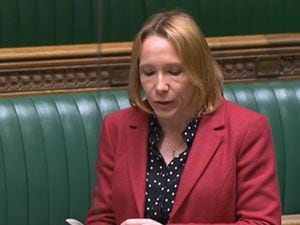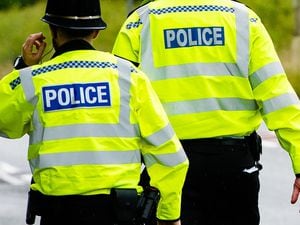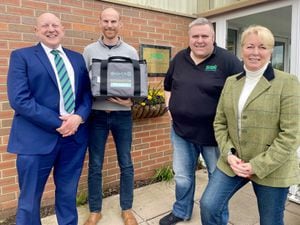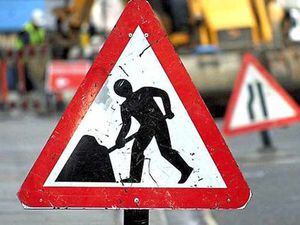Badger cull: The case for
Shropshire farmer Rob Alderson supports whatever measures are needed.
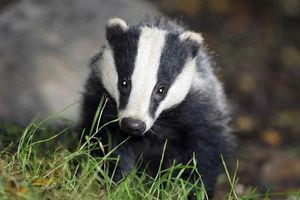
Last week a cow on south Shropshire farmer Rob Alderson's land was found to have bovine TB.
It was the first confirmed case in 18 months on the farm near Craven Arms, which has been affected by the disease for 12 years.
Now Mr Alderson says that the need to eradicate the disease is now so intense that he supports whatever measures are necessary to eliminate it in wildlife.
"The only thing that is unchecked that's running round my farm is the wildlife," he says.
"Cows aren't running round without checks, only the wildlife can amble round regardless of health credentials.
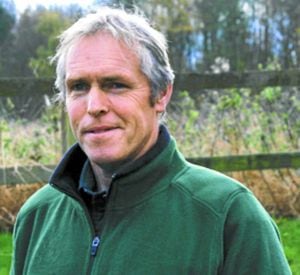
He, like the Environment Secretary, Owen Paterson, is persuaded of the necessity to cull badgers.
Mr Paterson, MP?for north Shropshire, has defended the progress of the badger cull, adding that the decision to extend the cull had been "the right one".
After the curtain was drawn over the culling of badgers in Gloucestershire three weeks before the end of a period of extension, Mr Paterson told Parliament that the number of badgers removed justified the elongated cull.
He said: "The aim of the extension was to achieve the earliest and greatest possible impact on bovine TB in the area, in line with the Chief Veterinary Officer's advice that a further significant reduction of the badger population in the first year would increase the likelihood of disease benefits in cattle over the full four years of the cull.
"The decision to extend has been shown to be the right one, with significant numbers of badgers removed at the point that the extension was ended."
The Government's position is supported by the vast majority of farmers, who see the damage caused by TB in cattle. They say the major contributory factor in lifestock suffering from the illness is the ability for infected badgers to roam around farms.
Animals with TB suffer very badly, added Mr Alderson.
He said: "Some of the badgers that had been culled were so full of TB that the lesions were bursting out of them. It's not even humane to let them suffer a long, lingering death, and it's not good for the badger population to have this stuck in them, let alone for my cattle."
Those against badger culling say vaccination is the way forward. But, says Mr Alderson, this is an unrealistic solution.
"There's no vaccine," he said. "The one they use at the moment was manufactured in the early 20th century.
"It has been around for 100 years, and people can kid themselves as much as they want.
"If there were a vaccine, and people could prove to me that it worked and that they could inject the badgers, they could win me over.
"But a farm in Shropshire was used to catch badgers, and they only managed to catch four last year, and this year five – but there's so many badgers there."
Mr Alderson added that he did not expect to see the results of the cull appear instantly. He suggested that progress so far was hard to monitor, but that similar culling activity in Ireland had borne out a positive impact.
"They weren't shot yesterday, and magically today there's less farms going down with TB," he said. "It's something done over consecutive years to cull out infected badgers. I believe in Ireland they have seen a significant drop in TB."
John Mercer, NFU regional director, said:?"Shropshire farmers want to see healthy badgers, healthy cattle and a healthy countryside and that's why we need to use everything available to us to help eradicate bovine TBl. Nationally 38,000 cattle were slaughtered because of the disease in 2012. Fighting this remains a priority."
The case against

